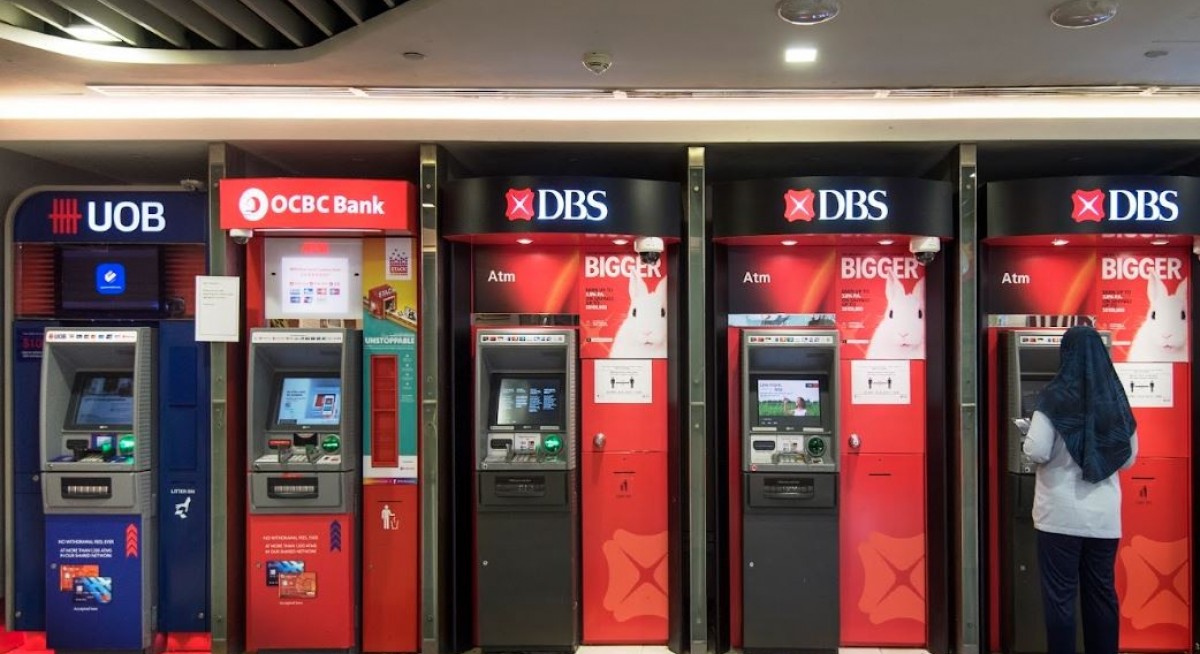One-month SORA is about 1.6% currently, and HSBC strategists see it falling to 1% by the end of the year, with the view that lower rates are necessary to offset the tightening impact of currency strength.
In a July 19 report, the HSBC analysts estimate that NIMs are likely to range around 1.8% if Sora averages at 1.5%; and at 1.75% to 1.85% should Sora fall to 1%. During the time when the FFR was at its zero lower bound, NIMs reached 1.45% to 1.55%.
On the other hand, HSBC strategists see 3-month Hibor rising to 2.60% in 3Q2025 and 2.80% in 2026, with a near-term range of 2.30-3.30%.
“After accounting for share buybacks, DBS could have enough capital to keep up its dividend raise momentum but OCBC & UOB (dividends) could be more tepid and closer to the payout of 50%,” HSBC says.
See also: Broker's Digest: KIT, Sanli Environmental, SG REIT, CSE Global, HKL, Wee Hur, Sembcorp Industries
In an update on July 21, Goldman Sachs says it expects a weaker 2Q2025 for the banks for three main reasons: “For 2Q2025, we expect earnings to decline from: 1Q2025 at -6% q-o-q, mainly due to a sharp decline in NIMs in 2Q2025 of -10 to -12 bps q-o-q, reflecting the recent sharp fall in Sora and Hibor despite a steady Fed fund rate; lower q-o-q fee income mainly due to weaker investment sentiment in April though recovering in May and June; lower other non-interest income impacted by market conditions and as OCBC’s insurance profit normalises.”
These headwinds are expected to be partially offset by well-controlled opex and q-o-q lower credit cost, Goldman’s banking analyst Melissa Kuang notes. She adds: “We believe the primary focus of the upcoming earnings season will be on potential revisions to guidance updates, and the achievability of mid-to-long term ROE targets of 15-17% for DBS, and 14% for both UOB and OCBC. Currently, we only forecast DBS to achieve its target by 2027.”
The Bloomberg consensus estimates in 2QFY2025 for: DBS is $2.783 billion (1QFY2025: $2.897 billion); OCBC $1.84 billion (1QFY2025: $1.883 billion); and UOB $1.496 billion (1QFY2025: $1.49 billion).




